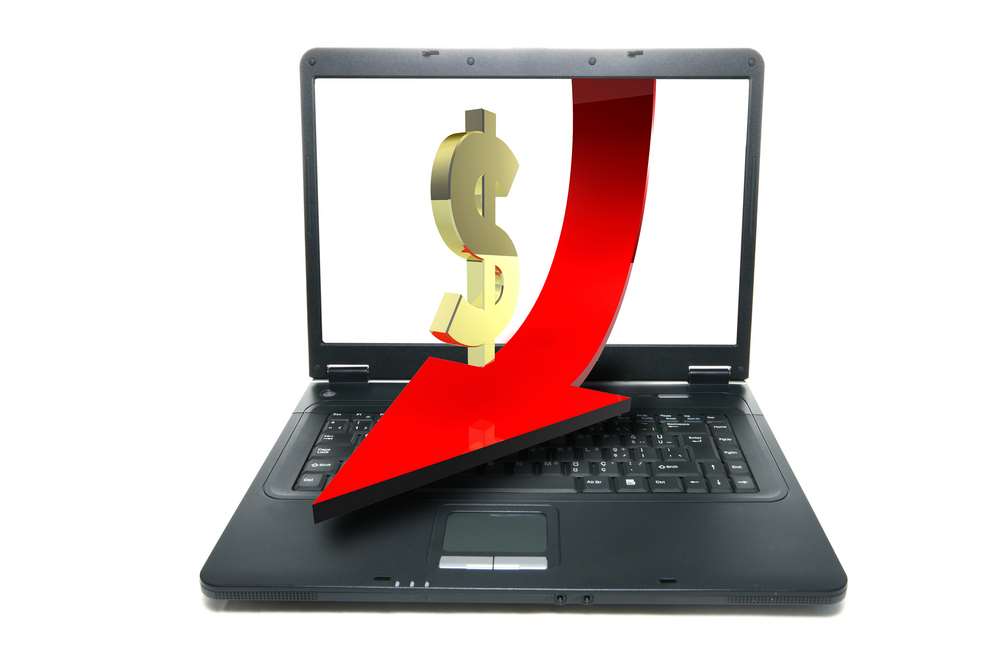Er.....no. No, I
don't think so.
Your external directory that you've linked to remains at 10GB. What your sym-link does is merely to send you to that directory
as though it were in the same location as the sym-link itself.
What makes you think that a burner would suddenly try to 'copy' that 10 GB directory? A burner program doesn't know what a sym-link is. It merely copies the data representing that link.....a very small amount of data, typically measured in bytes.
I've put together Puppy Linux .pet packages for my personal use that consist entirely of sym-links. Those .pet packages measure a few KB in size, at most......and that mostly representing the directory containing everything from which the .pet package has been created. The sym-links are virtually non-existent.....merely 'pointers' to a specific inode in the system.
I suspect you may be thinking of the Windoze 'hard link', which I believe does do more or less what you suggest.
-----------------------------------------------------
@CrazedNerd :- You have to understand that a great many people that write documentation for various computer-related stuff seem incapable of putting themselves in the user's shoes.....of trying to objectively look at what they've written
from the point of view of those they're trying to explain things to.
Most people know what they themselves are talking about. But in too many cases, the user almost has to be a mind-reader to follow the author's train of thought. Writing clear, easy-to-follow-and-understand documentation is something of an art form. It's not a skill that's easy to learn.....and many people simply don't possess that skill.
Mike.





